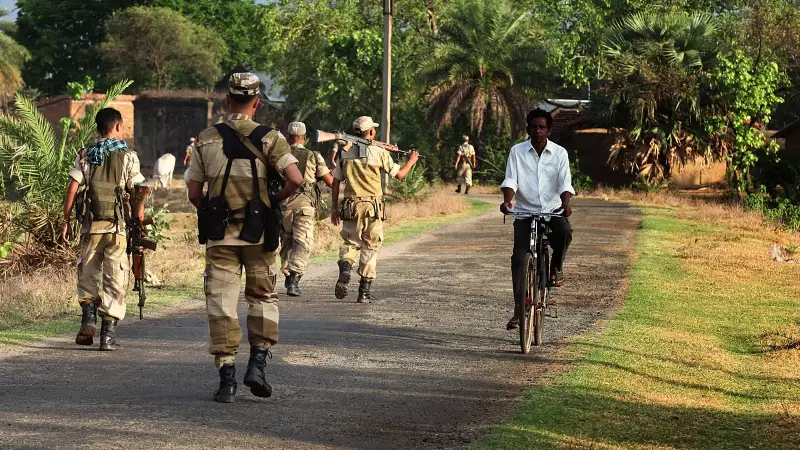
In the dense forests of Bastar, a dramatic transformation is unfolding that could redefine India's decades-long battle against Left-Wing Extremism. The region, once considered the epicenter of Maoist insurgency, is witnessing a strategic shift in counter-insurgency operations that's yielding unprecedented results.
The Changing Face of Conflict
Recent developments indicate that security forces have moved beyond conventional military tactics to adopt a more sophisticated, multi-pronged approach. This strategy combines precision operations with meaningful developmental initiatives, creating a comprehensive framework to address both security concerns and root causes of insurgency.
Security and Development: The Twin Pillars
The new approach recognizes that military operations alone cannot resolve deep-seated socio-economic grievances. Security forces are now working in tandem with civil administration to ensure that development reaches the most remote areas, effectively cutting off the Maoists' traditional recruitment grounds.
Key elements of this strategy include:
- Intelligence-driven surgical operations against Maoist leadership
- Rapid infrastructure development in previously inaccessible areas
- Enhanced coordination between state and central security forces
- Community engagement programs to build trust with local populations
Ground Realities and Challenges
While the improved security situation is evident, the path forward remains challenging. The Maoist ideology continues to find resonance among certain marginalized communities, and the complex terrain of Bastar provides natural advantages to insurgent groups.
The human cost of this conflict cannot be overlooked. Civilians caught between security forces and Maoists continue to face significant hardships, and sustainable peace will require addressing their concerns comprehensively.
The Road Ahead
As security forces consolidate their gains, the focus must shift toward lasting political solutions and accelerated development. The establishment of permanent security camps in former Maoist strongholds has created space for governance to take root, but maintaining this momentum requires consistent policy support and adequate resources.
The Bastar model, if sustained, could provide valuable lessons for other regions grappling with similar security challenges. However, success will ultimately be measured not just by the absence of violence, but by the presence of genuine development and democratic empowerment in these long-neglected areas.





